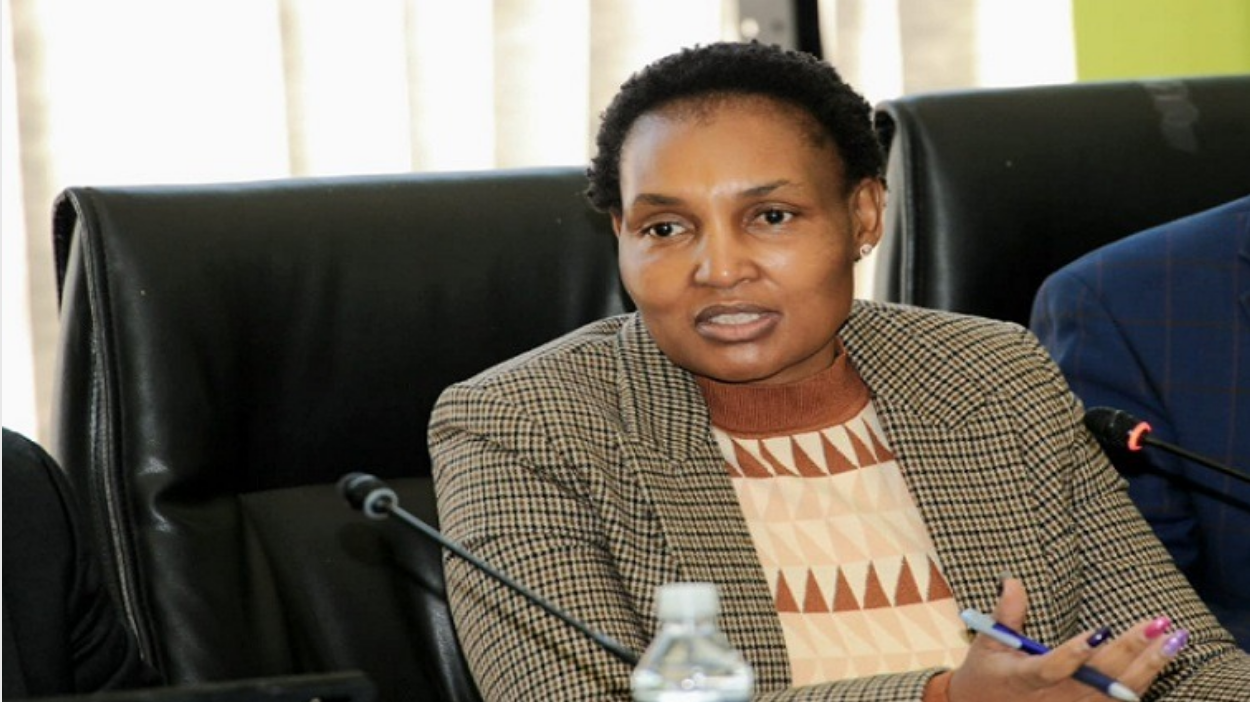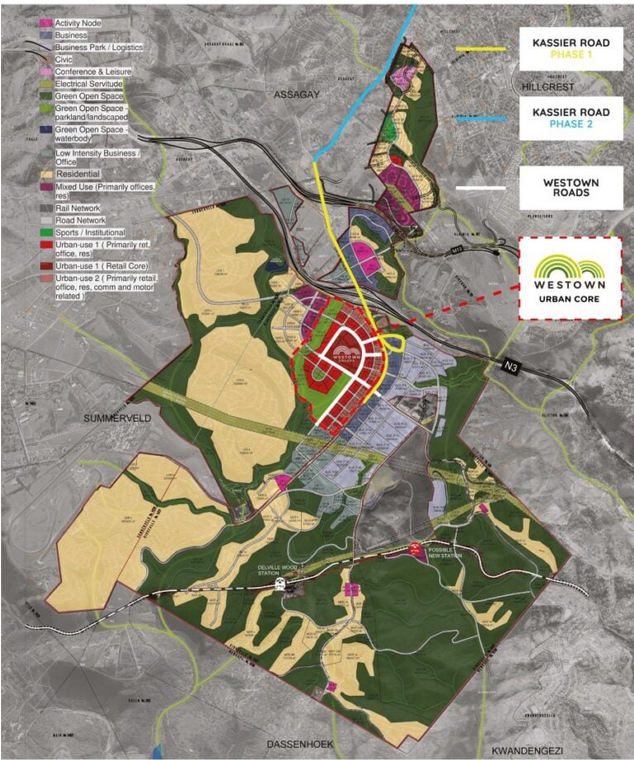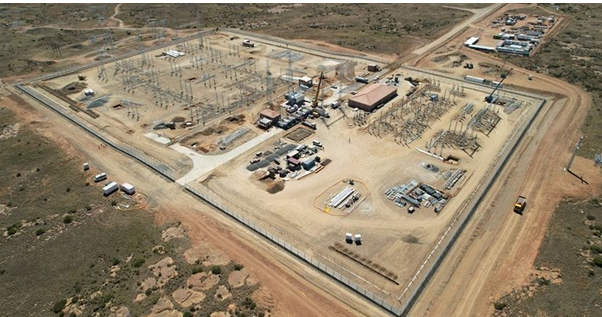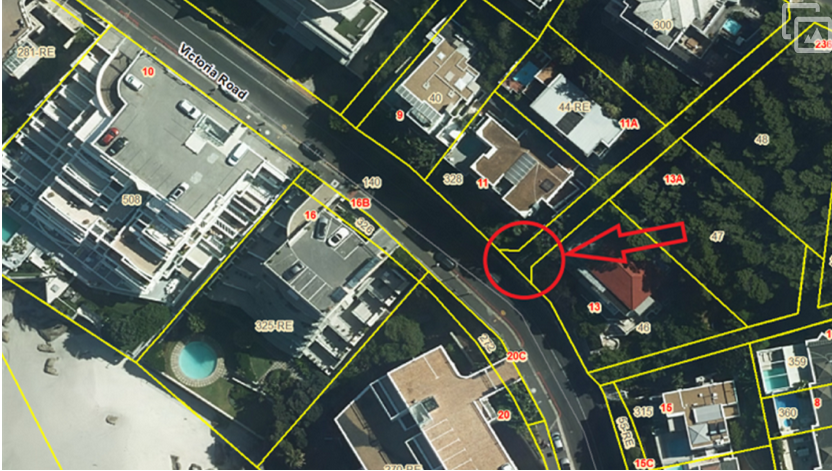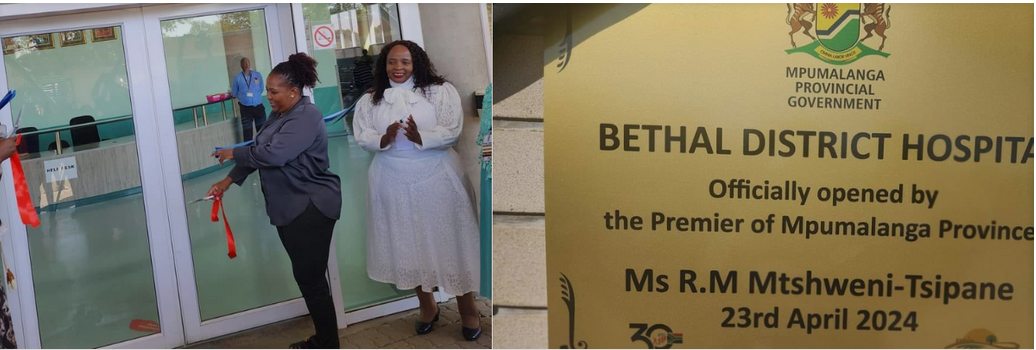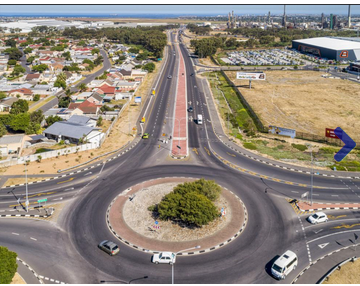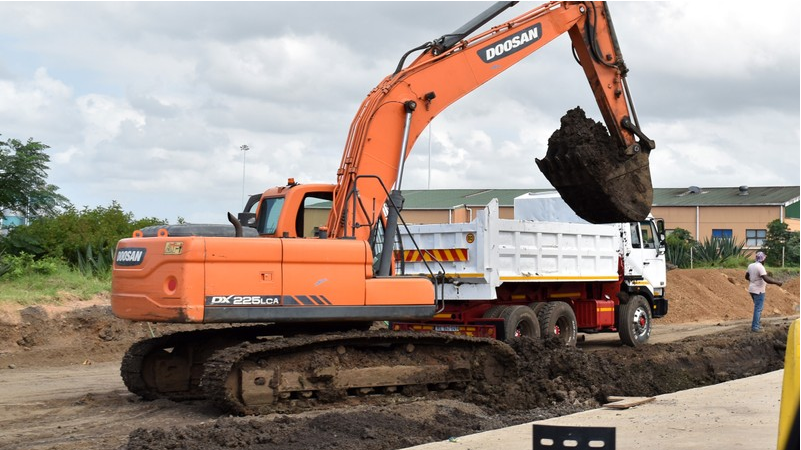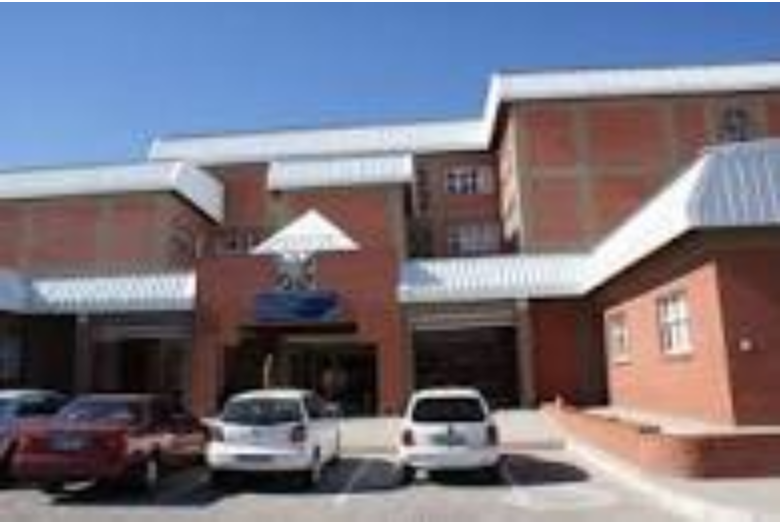Nuclear build will power economic growth
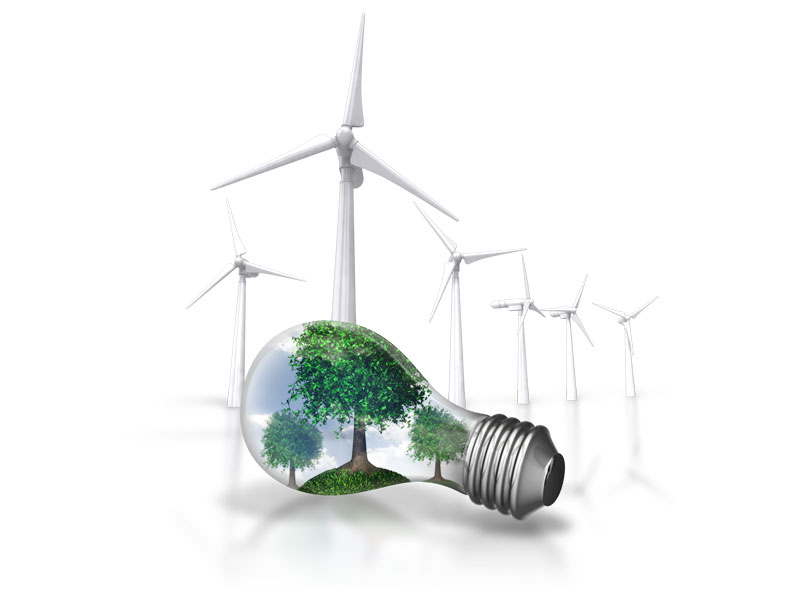
29-05-2015
Read : 102 times
BusinessDay
Source
THERE is not a single continent where nuclear power is not expanding. Nuclear power plant construction has now reached the pre-Fukushima levels. Important lessons were taken from the Fukushima incident and nuclear power plants were upgraded to meet more stringent safety requirements. The lessons have also been incorporated into new nuclear reactor designs.
The idea of time lags and cost overruns from nuclear power plant construction is a generalisation, and a stale argument that does not take design improvements into account.
Of course, when arguing an ideological point, it is always safe to be selective with facts. The aim of such arguments is not to inform but to persuade in a crude fashion.
South Africans are more discerning and more understanding of the course that is being pursued by our government. Delivering her budget vote speech in Parliament last week, Energy Minister Tina Joemat-Pettersson said the procurement process for the nuclear new build would be "competitive, fair, transparent and cost effective". She was reiterating a stance the government has taken since the initial announcement of the nuclear build programme. It is a position informed by SA’s legal and policy imperatives.
She also announced that the various intergovernmental agreements signed with the nuclear vendor countries will be presented to the Cabinet, after which "the requisite parliamentary process for their ratification will follow". This is an important commitment to transparency. It is surprising that the critics refuse to accept this approach.
SA is pursuing a nuclear new build programme to provide baseload electricity to power the economy to higher levels of growth. It is misleading to posit a view that renewable energy sources, such as wind and sun, will provide the large-scale electricity needed for manufacturing and industrialisation.
The critics want the government to do all its energy projections based on today’s rate of economic growth and other circumstances. But no government operates like that.
It is the responsibility of the government to implement energy policies taking into account the future prospects and growth of the country. It would be wrong for the government to base its policy on an assumption that SA will never achieve higher rates of economic growth and therefore will not require the amount of electricity to be generated from new nuclear power plants from 2023.
When President Jacob Zuma said in his state of the nation address this year that the first of the new nuclear power plants would come online in 2023, this was informed by the fact that a number of coal-fired power stations will have reached the end of their lives by then. Nuclear power plants last, on average, for 60 years while coal and renewable energy plants last 20-30 years.
A large group of South African nuclear experts engaged in comprehensive discussions with the vendor countries to understand their technology offerings. These meetings were a testament to the importance the government attaches to taking the best decisions for the country.
There seems to be an infatuation with a mythical figure of R1-trillion as a cost of the nuclear build.
South African professionals did not make foolish assumptions, do inaccurate financial calculations and go into a construction plan without having accurate projections of the outcome. This would have been irresponsible.
SA is one of the oldest nuclear countries in the world, with an internationally respected record of competence in the field. This year, we celebrate the 50th anniversary of our Safari-1 nuclear-research reactor at Pelindaba, which is also recognised as the most efficiently utilised production reactor in the world, and one through which SA has generated many products that have — among others — made us a leader in the field of nuclear medicine.
• Mabhongo is group executive for corporate services at the South African Nuclear Energy Corporation.
Recent News
Here are recent news articles from the Building and Construction Industry.
Have you signed up for your free copy yet?

